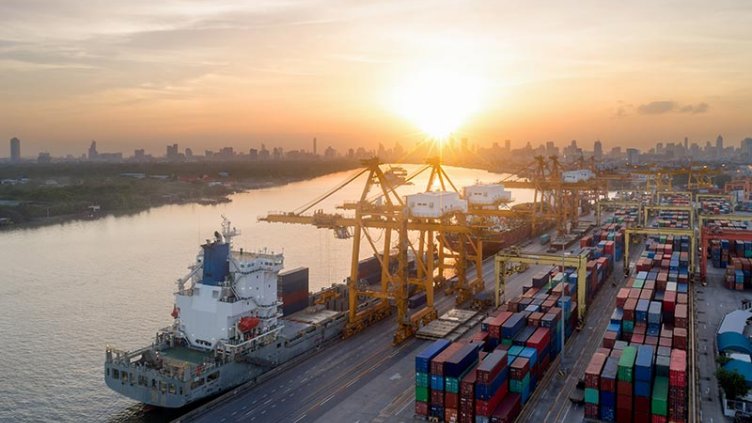Navigating Singapore's premium fit-out costs
Six strategies for cost-effective workplaces
Singapore maintains its position as one of Asia Pacific's most expensive fit-out markets, our latest Asia Pacific Fit-Out Cost Guide reveals.
With costs ranking second only to Tokyo, and about 1.2-1.3 times more than Hong Kong, organisations in Singapore face significant investment considerations when planning workplace transformations.
While this presents significant cost challenges, it also creates an opportunity for organisations to balance smart investment decisions with today’s expectations of quality that drive workplace performance.
How can organisations optimise both cost management and workplace value?
1. Engage a cost advisor early
Bringing cost management experts into the conversation at pre-conceptual phases allows organisations to tap onto industry insights that can help design development better align with budgets. The right cost management partner can help organisations avoid costly redesigns in later phases, when changes become more expensive to implement.
2. Focus on value engineering
Value engineering is a project delivery approach that minimises costs without sacrificing quality. Rather than removing functions to reduce spending, forward-looking organisations are evaluating design elements against specific business objectives, to decide where to invest for maximum impact. For example, this could look like prioritising collaborative spaces that support team productivity, while finding cost efficiencies in less utilised areas. Understanding utilisation patterns through data will ensure these critical functions are identified and prioritised in the earliest design stages.
3. Optimise material specification and sourcing
Builders’ works dominate fit-out costs across Asia Pacific, taking up 41% of total cost allocation with building services contributing 21%. Specification choices have significant impact on overall budgets, especially with Singapore's high material costs.
Identifying alternative materials and solutions that can offer better value while maintaining aesthetic and performance standards can alleviate the impact on overall budgets. For instance, evaluating the use of imported versus locally sourced materials can yield substantial savings when considering Singapore's import regulations and taxes. Adoption of emerging smart building technologies may require additional upfront investment, but it can unlock enhanced data collection and analysis to empower proactive maintenance, optimise resource utilisation and ultimately drive down operational costs.
4. Integrate sustainability from the start
Despite higher upfront costs, 62% of Asia Pacific corporates expect an increase in sustainability performance spend by 2030. Besides capturing long-term energy and cost savings, meeting sustainability regulations can support an organisation’s efforts to appeal to clients and future employees. Engaging sustainability experts alongside cost advisors early in the process ensures requirements are embedded in initial decisions, preventing costly later additions.
5. Plan for reinstatement
Singapore faces high reinstatement costs due to the stringent requirements that tenants need to fulfil to restore a leased space to its original condition. Developing strong, collaborative partnerships with landlords can help tenants more easily find opportunities to reduce these costs. For example, organisations can better plan for the eventual reinstatement during the initial fit-out design by incorporating reusable elements and sustainable practices that align with their landlord’s expectations.
Key considerations that may impact future reinstatement costs include:
- Works to be undertaken to meet landlord hand-back requirements, such as replacement of raised floor & ceilings
- Extent of tenant works affecting the landlord’s asset, such as internal staircases or façade replacement
- Quality of base building, i.e. higher-grade buildings typically require higher quality materials and fittings
- Commercial exit arrangement, which determines how much room a tenant has for negotiation with their landlord
6. Invest in the right technology
With security, IT & AV works accounting for 16% of total fit-out spend, organisations should invest in technology that can deliver measurable returns on productivity, space utilisation, or energy efficiency, while consider future trends and advancements.
By shifting from a cost-driven to value-driven approach, organisations can better focus on creating spaces that deliver both immediate and long-term returns on workplace investments. The right cost management team can guide you to implement results-driven strategies on specification selection, technology integration, and space planning, so you can achieve cost-effective workplaces that drive business outcomes.



